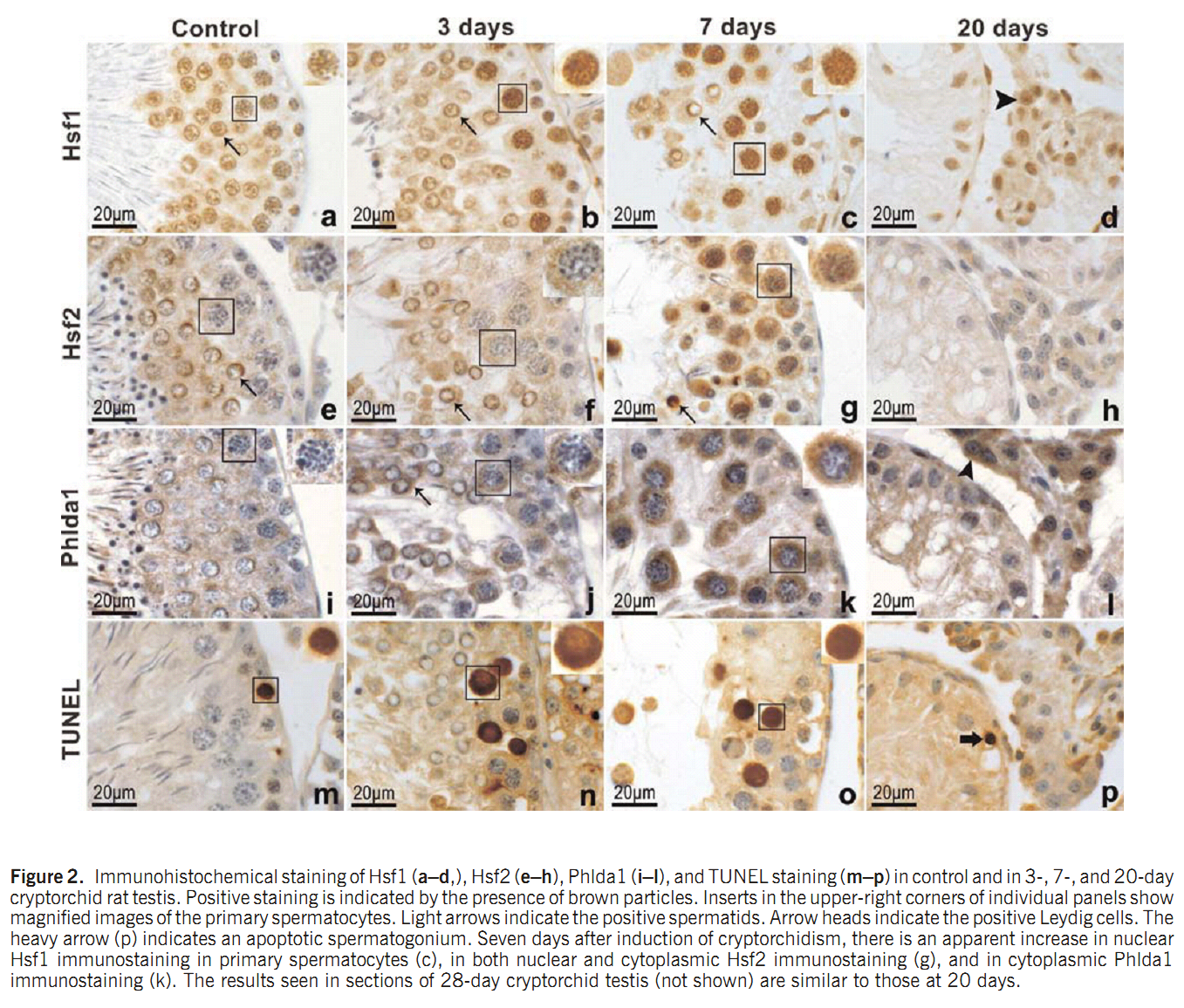| Tag | Content | |||||||||||||||||||||||||||||||||||||||||||||
|---|---|---|---|---|---|---|---|---|---|---|---|---|---|---|---|---|---|---|---|---|---|---|---|---|---|---|---|---|---|---|---|---|---|---|---|---|---|---|---|---|---|---|---|---|---|---|
SG ID |
SG00002054 |
|||||||||||||||||||||||||||||||||||||||||||||
UniProt Accession |
||||||||||||||||||||||||||||||||||||||||||||||
Theoretical PI |
5.05
|
|||||||||||||||||||||||||||||||||||||||||||||
Molecular Weight |
57109 Da
|
|||||||||||||||||||||||||||||||||||||||||||||
Genbank Nucleotide ID |
||||||||||||||||||||||||||||||||||||||||||||||
Genbank Protein ID |
||||||||||||||||||||||||||||||||||||||||||||||
Gene Name |
Hsf1 |
|||||||||||||||||||||||||||||||||||||||||||||
Gene Synonyms/Alias |
||||||||||||||||||||||||||||||||||||||||||||||
Protein Name |
||||||||||||||||||||||||||||||||||||||||||||||
Protein Synonyms/Alias |
SubName: Protein Hsf1 |
|||||||||||||||||||||||||||||||||||||||||||||
Organism |
Rattus norvegicus (Rat) |
|||||||||||||||||||||||||||||||||||||||||||||
NCBI Taxonomy ID |
10116 |
|||||||||||||||||||||||||||||||||||||||||||||
Chromosome Location |
|
|||||||||||||||||||||||||||||||||||||||||||||
Function in Stage |
||||||||||||||||||||||||||||||||||||||||||||||
Function in Cell Type |
||||||||||||||||||||||||||||||||||||||||||||||
Description |
Temporarily unavailable |
|||||||||||||||||||||||||||||||||||||||||||||
The information of related literatures |
1. F. Liu, Z. L. Xu, X. J. Qian, W. Y. Qiu and H. Huang (2011) Expression of Hsf1, Hsf2, and Phlda1 in cells undergoing cryptorchid-induced apoptosis in rat testes. Mol Reprod Dev 78(4): 283-91. Abstract Surgery-induced cryptorchidism, in which the testes are prevented from descending into the scrotal sac, results in testicular germ cell death, and it is commonly used as an experimental tool in the study of spermatogenesis. However, the molecular events underlying the activation of germ cell death remain poorly understood. In the present study, we investigate selective cell loss from cryptorchid rat testis by using DNA flow cytometry and by determining protein and mRNA expression of Hsf1, Hsf2, and Phlda1. The hypo-haploid cell fraction is significantly decreased as early as 3 days after surgical induction of cryptorchidism (from 42.01 +/- 5.74% to 15.98 +/- 3.88%), followed by a significant decrease in the haploid cell fraction at Day 7. At the latter time point, an apoptotic peak of spermatocytes appears in DNA histograms just before the tetraploid peak; the percentage of aneuploid cells between diploid and tetraploid rises as high as 14.05 +/- 2.98% of the total cells in 7-day cryptorchid testis, suggesting that a large number of spermatocytes are undergoing apoptosis. The expression of Phlda1 mRNA is significantly elevated 3 days after induction of cryptorchidism. After 7 days of cryptorchidism, Hsf1 and Phlda1 are strongly expressed in the nucleus and cytoplasm, respectively, of primary spermatocytes. Numerous apoptotic spermatocytes are also observed at this time point. These results suggest that the Hsf1/Phlda1 pathway plays an important role in the apoptosis of primary spermatocytes in cryptorchid testis. We present evidence suggesting that Hsf2 is also involved in germ cell removal in cryptorchid testis. PMID: [21480429] Back to Top |
|||||||||||||||||||||||||||||||||||||||||||||
Figures for illustrating the function of this protein/gene |
|
|||||||||||||||||||||||||||||||||||||||||||||
Function |
||||||||||||||||||||||||||||||||||||||||||||||
Subcellular Location |
||||||||||||||||||||||||||||||||||||||||||||||
Tissue Specificity |
||||||||||||||||||||||||||||||||||||||||||||||
Gene Ontology |
|
|||||||||||||||||||||||||||||||||||||||||||||
Interpro |
||||||||||||||||||||||||||||||||||||||||||||||
Pfam |
||||||||||||||||||||||||||||||||||||||||||||||
SMART |
||||||||||||||||||||||||||||||||||||||||||||||
PROSITE |
||||||||||||||||||||||||||||||||||||||||||||||
PRINTS |
||||||||||||||||||||||||||||||||||||||||||||||
Created Date |
18-Oct-2012 |
|||||||||||||||||||||||||||||||||||||||||||||
Record Type |
Experiment identified |
|||||||||||||||||||||||||||||||||||||||||||||
Protein sequence Annotation |
||||||||||||||||||||||||||||||||||||||||||||||
Nucleotide Sequence |
Length: bp Go to nucleotide: FASTA |
|||||||||||||||||||||||||||||||||||||||||||||
Protein Sequence |
Length: 525 bp Go to amino acid: FASTA |
|||||||||||||||||||||||||||||||||||||||||||||
The verified Protein-Protein interaction information |
| |||||||||||||||||||||||||||||||||||||||||||||
Other Protein-Protein interaction resources |
String database |
|||||||||||||||||||||||||||||||||||||||||||||
View Microarray data |
Temporarily unavailable |
|||||||||||||||||||||||||||||||||||||||||||||
Comments |
||||||||||||||||||||||||||||||||||||||||||||||
